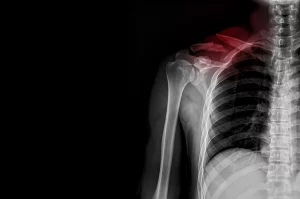A cast is as good as metal pins for treating a broken wrist, researchers report.
A broken wrist in which bone fragments move out of their normal alignment is called a displaced wrist fracture. After the bones are put back in place, they’re typically held in position by a molded plaster cast or by pins/plates.
Surgery to place pins — also called K-wires — is costly and poses some risk. A cast is cheaper, but there’s debate about whether it’s as effective.
“Surgical fixation with K-wires did not provide better wrist function at 12 months compared with a molded cast, indicating that a cast is an acceptable first-line treatment,” the authors wrote in the Jan. 19 issue of The BMJ.
Matthew Costa, a professor of orthopedic trauma at Oxford University in the U.K., led the study.
His team analyzed data from 500 adults (average age: 60), who received pins or a cast after suffering a displaced wrist fracture between January 2017 and March 2019.
Both groups had similar improvements in pain, function, disability and quality of life at three, six and 12 months after treatment, the study found. But 1 in 8 patients who received a cast required surgery within six weeks of their injury to repair fracture position, compared with one patient in the pins/plates group.
Other complications were rare, with no difference in rates between the two groups.
“Cast treatment avoids the expense and risks of surgical fixation for seven out of eight patients,” the authors noted. “However, careful follow-up is needed as one in eight patients treated with a cast required subsequent surgical intervention as the fracture reduction could not be maintained.”
Wrist fractures are common, especially in older women. About 8 in 10 patients in the study were women.
More information
There’s more on wrist fractures at the American Society for Surgery of the Hand.
SOURCE: BMJ, news release, Jan. 19, 2022
Source: HealthDay
Copyright © 2025 HealthDay. All rights reserved.

















